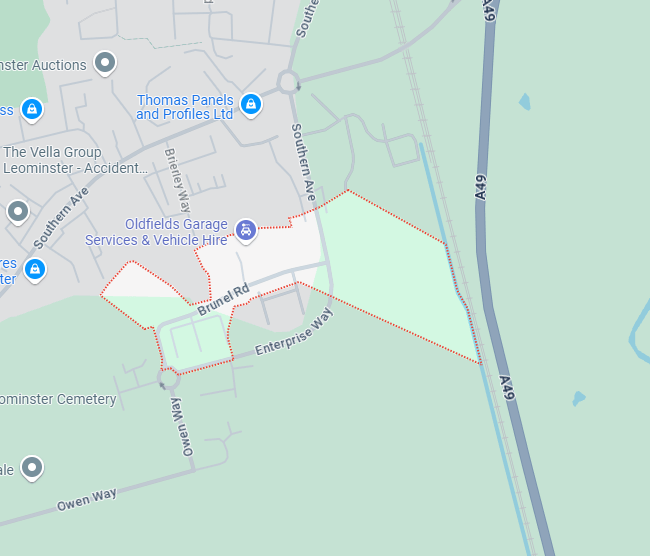You’ve probably heard people talk about acidic foods and their impact on the body. Some claim they’re essential, while others warn against their health risks. But what does science really say? This article will break it down in a way that’s easy to understand, covering the pros and cons of acidic foods, their pH levels, and how to maintain a healthy balance.
What Are Acidic Foods?
Acidic foods are those that have a low pH level, typically below 7.0 on the pH scale. The lower the number, the more acidic the food. Many common foods fall into this category, including:
- Citrus fruits (oranges, lemons, limes)
- Coffee and tea
- Alcohol
- Dairy products (cheese, yoghurt, milk)
- Meat and processed foods
- Sugary drinks and artificial sweeteners
While these foods are not necessarily harmful, consuming too many without balance can lead to health concerns.
Understanding pH Levels and Their Role
pH is a measurement of how acidic or alkaline a substance is. The scale ranges from 0 to 14:
- 0-6: Acidic (e.g., vinegar, lemon juice)
- 7: Neutral (e.g., water)
- 8-14: Alkaline (e.g., spinach, almonds)
Our body naturally regulates its pH level, particularly in the blood, which stays at around 7.4. However, the food we eat can impact different parts of the body, such as urine pH and stomach acidity, which can affect digestion and overall health.
Nutrient Powerhouses
Many acidic foods, such as citrus fruits and tomatoes, are rich in essential vitamins and antioxidants. For instance:
- Oranges and lemons provide a high dose of vitamin C, which boosts immunity.
- Fermented foods like yoghurt offer probiotics that promote gut health.
Aiding Digestion
Some sharp tasting foods can actually help digestion rather than harm it. For example:
- Vinegar (such as apple cider vinegar) may help improve digestion by increasing stomach acid production.
- Lemon water can support digestion and promote hydration.
Enhancing Flavour
Caustic foods often add vibrant taste and tanginess to dishes. Imagine your favourite meals without a squeeze of lemon or a splash of vinegar—it wouldn’t be the same!
While sour foods can have benefits, excessive consumption may lead to health issues.
Impact on Dental Health
- Acidic foods and drinks (like fizzy sodas and citrus fruits) can erode tooth enamel over time, leading to sensitivity and cavities.
- Rinsing your mouth with water after consuming sour foods can help minimise damage.
Digestive Disruptions
- High acid intake may trigger acid reflux or heartburn, particularly in individuals with GERD (Gastroesophageal Reflux Disease).
- Spicy and processed sharp foods can irritate the stomach lining, leading to discomfort.
Potential Bone Health Risks
- Some experts suggest that a highly caustic diet may cause the body to pull calcium from bones to neutralise excess acid, potentially leading to weaker bones over time.
- However, research on this is still ongoing, and balancing your diet with alkaline foods can counteract this effect.
Acidic vs. Alkaline Foods: Striking the Right Balance
A well-balanced diet includes both acidic and alkaline foods. Instead of avoiding acidic foods altogether, focus on combining them with alkaline-rich options such as:
- Leafy greens (spinach, kale)
- Nuts (almonds, cashews)
- Root vegetables (carrots, sweet potatoes)
Pairing acidic and alkaline foods helps the body maintain optimal pH levels and ensures you get a variety of nutrients.
Acidic Food Consumption
If you’re concerned about the effects of acidic foods, here are some simple ways to enjoy them while maintaining balance.
1. Combine with Alkaline Foods
- Pairing acidic foods with alkaline-rich counterparts can neutralise their effects.
- Example: Eat cheese with leafy greens or add lemon juice to a vegetable salad.
2. Stay Hydrated
- Drinking plenty of water dilutes stomach acid and prevents acid reflux.
- Alkaline water can also help balance out acidic foods in your diet.
3. Listen to Your Body
- If you notice symptoms like heartburn, indigestion, or enamel sensitivity, adjust your intake.
- Keep a food diary to track which acidic foods trigger symptoms.
Conclusion
Acidic foods aren’t inherently bad—they offer essential nutrients, aid digestion, and enhance flavour. However, consuming them in excess can lead to dental issues, digestive discomfort, and potential long-term effects on bone health. The key is balance. By combining acidic foods with alkaline-rich choices, staying hydrated, and listening to your body, you can enjoy the best of both worlds without the drawbacks.
So, the next time you sip on a glass of orange juice or enjoy a piece of cheese, remember—it’s all about how you balance it!





